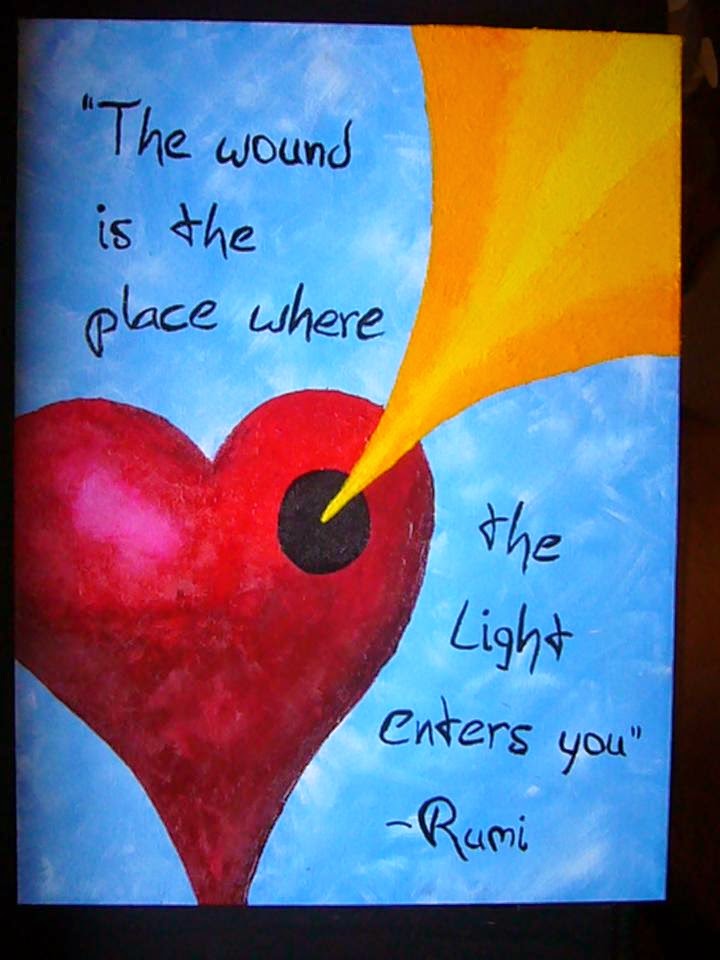Attachment Wounds Pt 1
I am all about attachment. I focus on parenting in ways that helps me focus on my relationship with my kids and meeting their attachment needs. As a marriage counselor I use a lot of Susan Johnson’s Emotionally Focused Therapy work around creating secure attachments in romantic relationships
I see the world through a relationship and attachment lens. As I look at the people in my life, in my practice I realize that many of us come to this work from our own childhood bumps and bruises. I am doing some personal work this summer around my “attachment wounds” and figured I would share some of the great stuff I am learning.
This is Attachment Wounds Pt 1 because I know it is going to be a long conversation. I hit the wall this summer and had to admit that as much as I love this stuff… I am not really very good at it. I like my relationships my way, safe and logical and maybe so that I always look like the good guy. But like everyone, I am a work in progress.
There are tons of great books written about this stuff so please, understand that I am giving you a super simplified sense of tons of research. I will add some resources at the end. And of course this blog isn’t therapy. This is what you get for free without getting off the couch. If you want to do the real work…let me know and I will help you find a great therapist.
The four styles of attachment.
Most people (about 60% of adults) who had their emotional needs met as kids will grow up with a Secure Attachment.People with secure attachment are able to turn to the people they love for comfort and connection and then feel better. Kind of lovely. This is the goal with our kids. And mostly unless you have unresolved trauma, mental illness, or chemical dependency issues, your kids are going to grow up securely attached. You only have to get it right some of the time to teach secure attachment. Humans are wired for attachment. The problem is that many of us grew up in homes where there was some history of trauma or mental illness or chemical dependency or our parents When needs and feelings are not safely, appropriately, and consistently responded to you get attachment wounds. You have to either ignore the needs, manage them yourself or learn to find a way to get them met that might not be totally healthy.
These are the other styles. (I borrowed them from all knowing Wikipedia) If you are interested in doing your own research- this is a great site for a free assessment tool.
http://www.web-research-design.net/cgi-bin/crq/crq.pl
Anxious–preoccupied “I want to be completely emotionally intimate with others, but I often find that others are reluctant to get as close as I would like”, and “I am uncomfortable being without close relationships, but I sometimes worry that others don’t value me as much as I value them.” People with this style of attachment seek high levels of intimacy, approval, and responsiveness from their attachment figure. They sometimes value intimacy to such an extent that they become overly dependent on the attachment figure.
In therapy, people who are anxious-preoccupied about attachment are hard to comfort and their insecurity is bigger than the relationship explains. They seem to be chasing their partners or seem needy. Sometimes they find a partner who gives them lots of great reasons to be insecure.
Dismissive–avoidant “I am comfortable without close emotional relationships”, “It is very important to me to feel independent and self-sufficient”, and “I prefer not to depend on others or have others depend on me.” People with this attachment style desire a high level of independence. The desire for independence often appears as an attempt to avoid attachment altogether. They view themselves as self-sufficient and invulnerable to feelings associated with being closely attached to others.
In therapy, people who are dismissive-avoidant about attachment are super independent and fight over who gets to run things. They struggle to create partnership or they throw themselves into the work or the kids so that no one notices that they are avoiding having a strong grown up relationship.
Fearful–avoidant “I am somewhat uncomfortable getting close to others. I want emotionally close relationships, but I find it difficult to trust others completely, or to depend on them. I sometimes worry that I will be hurt if I allow myself to become too close to others.” People with this attachment style have mixed feelings about close relationships. On the one hand, they desire to have emotionally close relationships. On the other hand, they tend to feel uncomfortable with emotional closeness. These mixed feelings are combined with sometimes unconscious, negative views about themselves and their attachments. They commonly view themselves as unworthy of responsiveness from their attachments, and they don’t trust the intentions of their attachments.
In therapy, people who are fearful-avoidant about attachment can seem jealous, suspicious or controlling or have a great deal of conflict because they see saw between wanting and not wanting closeness. They sometimes pick people who give them good reason to be suspicious.
Marriage and parenting with connection offer us a chance to heal and learn healthy attachment but they also trigger us and have us act out the worst of our childhood patterns. As much as I want to have powerful, secure relationships I have a really hard time admitting my own needs (dismissive) and I hate the idea of being disappointed (avoidant). This leads me to taking better care of anyone other than myself- my kids and my clients get the best of me. Working towards healing my own attachment means real balance between what is best for me and what is best for everyone else. That’s what I did on summer vacation. What are you up to?
Maureen
Books- Attached: The New Science of Adult Attachment by Amir Levin, Rachel Heller
Hold Me Tight by Susan Johnson
A Secure Base by John Bolby

